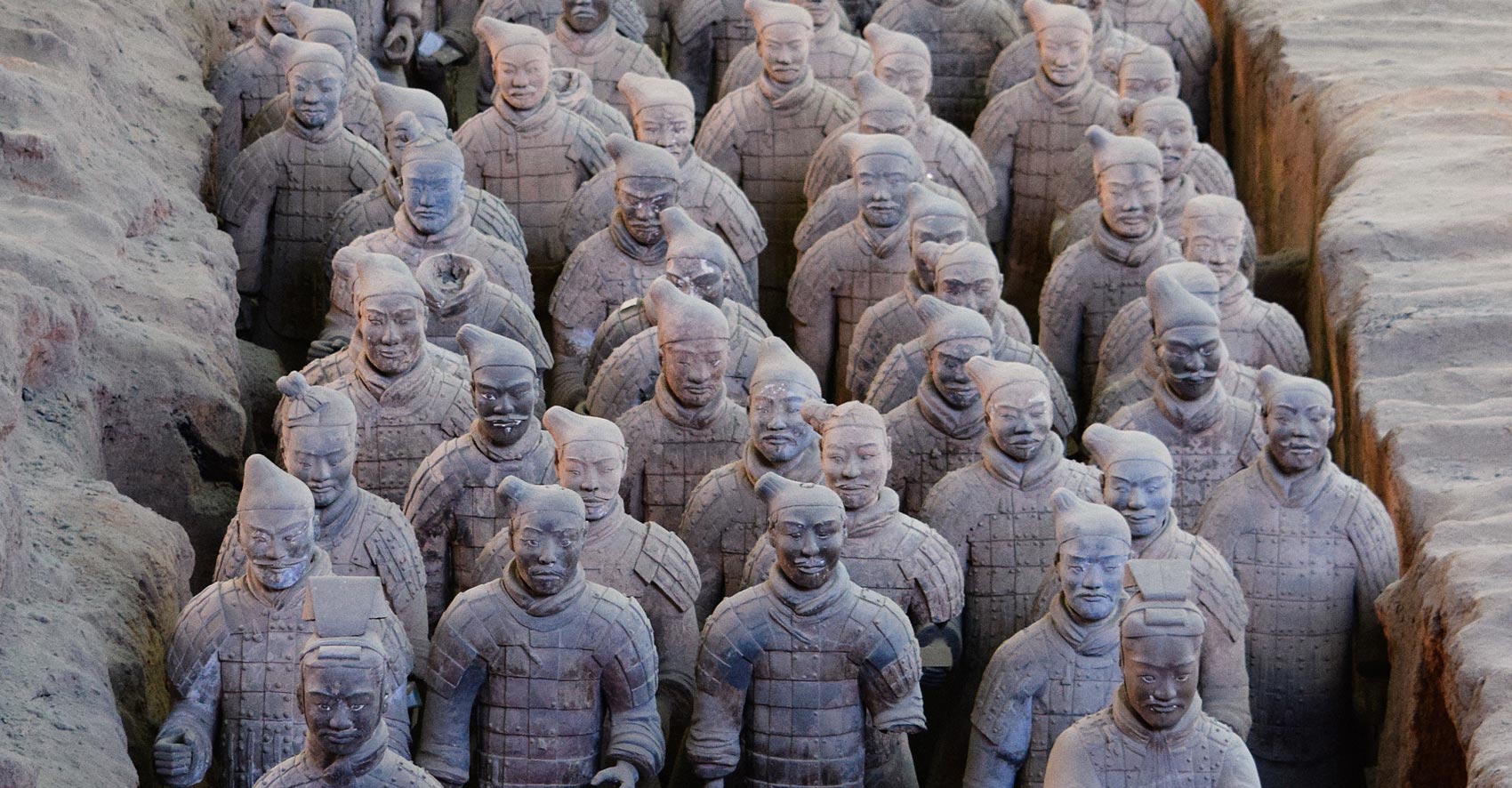China’s economic responses to US protectionist measures will range from economic patriotism policies to currency depreciation. Regarding domestic demand, rising income and a fine tuned policy mix would provide some buffers
It’s all about policies
China started the year on a strong footing despite a rise in oil prices, an increase in protectionist rhetoric and a tighter monetary policy in the US. Economic growth rose by an estimated +6.8% in the first semester, the RMB was strong with an average of 6.3 per USD.
The remainder of the year and 2019 are set to be more challenging. First, monetary tightening in the US is expected to pick up speed (two hikes expected by the end of this year) and this could lead to downward pressures on the RMB. Secondly, the Trump administration could intensify protectionist measures and this could hinder China’s export performance. The US recently announced that it considers additional tariffs of 10% on USD200bn Chinese exports.
Against this background, our scenario envisions an economic growth of +6.6% in 2018. Policymakers are expected to: (i) adopt a multifaceted strategy to respond to US protectionist measures, (ii) adopt a more supportive policy mix in order to keep economic growth in check.
A multifaceted strategy in response to the US
China will likely adopt a gradual and measured approach to respond to US protectionist measures consisting in five types of policies. The objectives would be to force the US to negotiate and limit the impacts of the newly implemented protectionist measures on the Chinese economy.
- The country could set a soft economic patriotism policy
This could include: (i) non-regulatory measures such as an anti-US campaign, a boycott of some US products; (ii) regulatory measures that affect American companies operations in China. The latter could consist in tighter regulation at the customs, more difficult rules for basic and routine procedures (set up of a company, revenues repatriation to the US, e.g.). China has already employed this strategy in the past when South Korea decided to install a US made Terminal High Altitude Area Defense anti-missile system (THAAD). At that time the Chinese government started a boycott against South Korea. This resulted in a drop of -48% of Chinese tourist arrival in South Korea in 2017 (after +35% in 2016). Bank of Korea estimated that the THAAD backlash shaved -0.4 pp off growth in 2017.
2. Chinese authorities could increase strategic partnerships with economic heavyweights such as Japan, ASEAN, India or the EU. This could kill two birds with one stone. A coordinated response could give more leverage against the US. Partnerships could open new avenues for trade especially when they result in mega free trade agreements.
China has already started to move on that front.
- It presses the EU for greater cooperation and anti-US coalition on trade. The last talks between China and Germany suggest that the two blocks could move towards that direction. The two countries signed deals worth USD23.6bn and announced further cooperation between government agencies.
- It is stepping up measures to accelerate the negotiation of the Regional Comprehensive Economic Partnership which should gather all major economic blocks of Asia (China, Japan, ASEAN, India, South Korea, Australia and New Zealand).
3. The Mainland could implement protectionist measures on the balance of services.
The country has a deficit with the US (-38bn). Both travel and financial services could be the target. This could be a huge blow to US corporates that are looking to tap into the growing (financial) needs of the new Chinese middle class.
4. China could use the RMB as a tool of retaliation.
We expect the RMB to depreciate by -4% against the dollar in the second semester compared with the first semester. The recent depreciation of the currency and limited reaction of the PBoC suggest that the authorities are comfortable with a weaker RMB. This would help corporates to absorb the rise of tariff through an improvement of their price competitiveness.
5. Lastly, we could see turbulences on the holding of US treasuries but not a major sell-off, as it could considerably hinder investor confidence and be in contradiction with the stability of the RMB. The objective could be to trigger a temporary rise in US yields in order to force the US to negotiate.
A more supportive policy mix
In parallel, measures to support domestic demand will likely be implemented. In the short term, increasing incomes (nearly +8% y/y growth for nominal disposable income) and rising industrial profits (up to +16.5% YTD y/y in Jan-May) should support private expenditures.
In the medium term, fine tuning macro-policies will be pivotal to keep growth in a decent range. First, we expect fiscal policy to be expansionary. Public infrastructure spending could pick up speed as part of the Belt and Road Initiative. On the tax side, cut in tariffs for some consumer goods (automotive, agri-food, e.g.), cut in income tax would likely boost consumption growth.
Secondly, we expect the ongoing financial tightening to pause. Deleveraging efforts would be maintained though via stricter regulation. Authorities would keep the benchmark lending rate at 4.35% until the end of this year. Yet, they would step up targeted liquidity measures (RRR cut, liquidity injections) in order to support the most fragile entities of the economy (corporates at a risk of default, SMEs, e.g.). The last 50bp cut in Reserves Requirement Ratios goes to that direction. It is expected to unleash RMB700bn of cash in the bank system, and this liquidity should be directed to viable companies that are at risk of default and to SMEs.
Last, more structurally, we expect authorities to keep up their efforts of financial liberalization. On inflows, easier regulation on FDI and the opening of the financial sectors are set to be key drivers. On outflows, we expect a more gradual approach with still strict regulation: (i) on large amount of capital flowing out of the countries and (ii) outward flows that are not tied to authorities’ strategy (e.g. non-Belt and Road).















